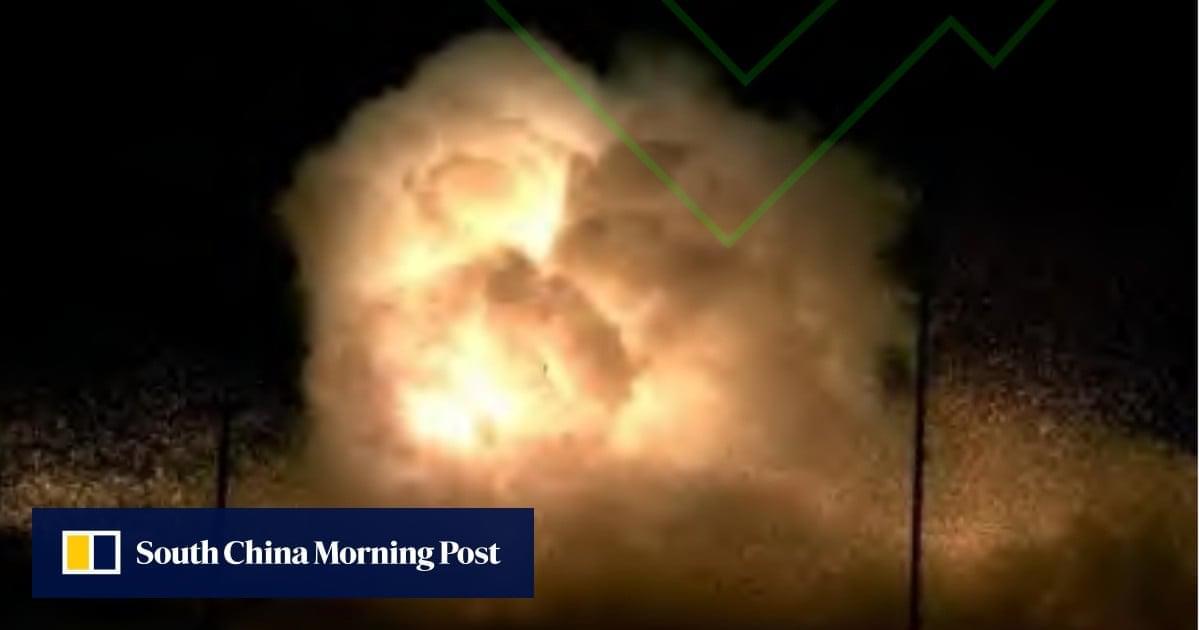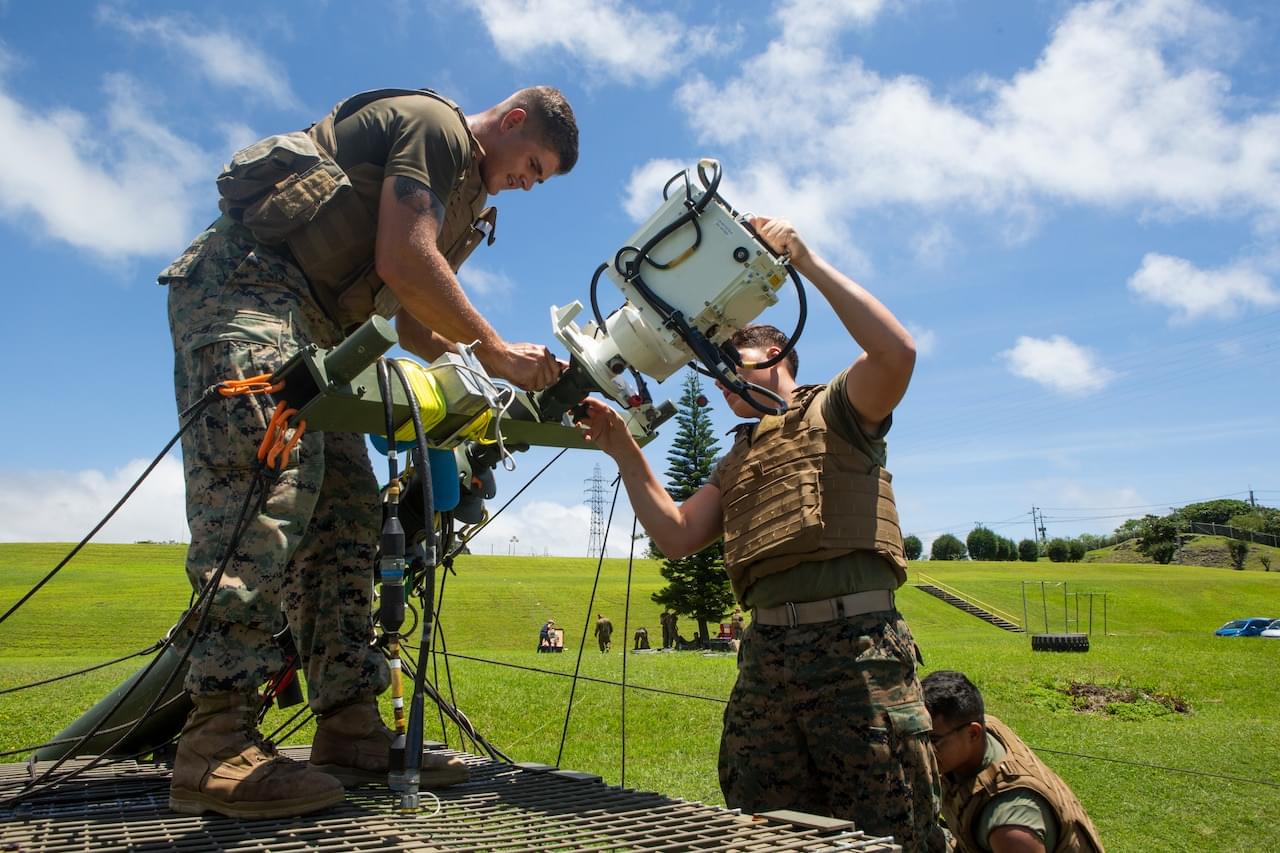A team of researchers at Q-CTRL, a quantum infrastructure software-maker based in Sydney, Australia, has announced the successful demonstration of its newly developed quantum navigation system called “Ironstone Opal.”
The group has written a paper describing how their system works and how well it tested against currently available backup GPS systems and has posted it on the arXiv preprint server.
With the advent and subsequent reliance on GPS by private and military vehicles and aircraft for navigation, governments have come to understand how vulnerable such systems can be. Outages can lead to drivers being stranded, pilots scrambling to use outdated systems and difficulties deploying military assets. Because of that, scientists around the world have been looking for reasonable backup systems, or even possible alternatives to GPS.





